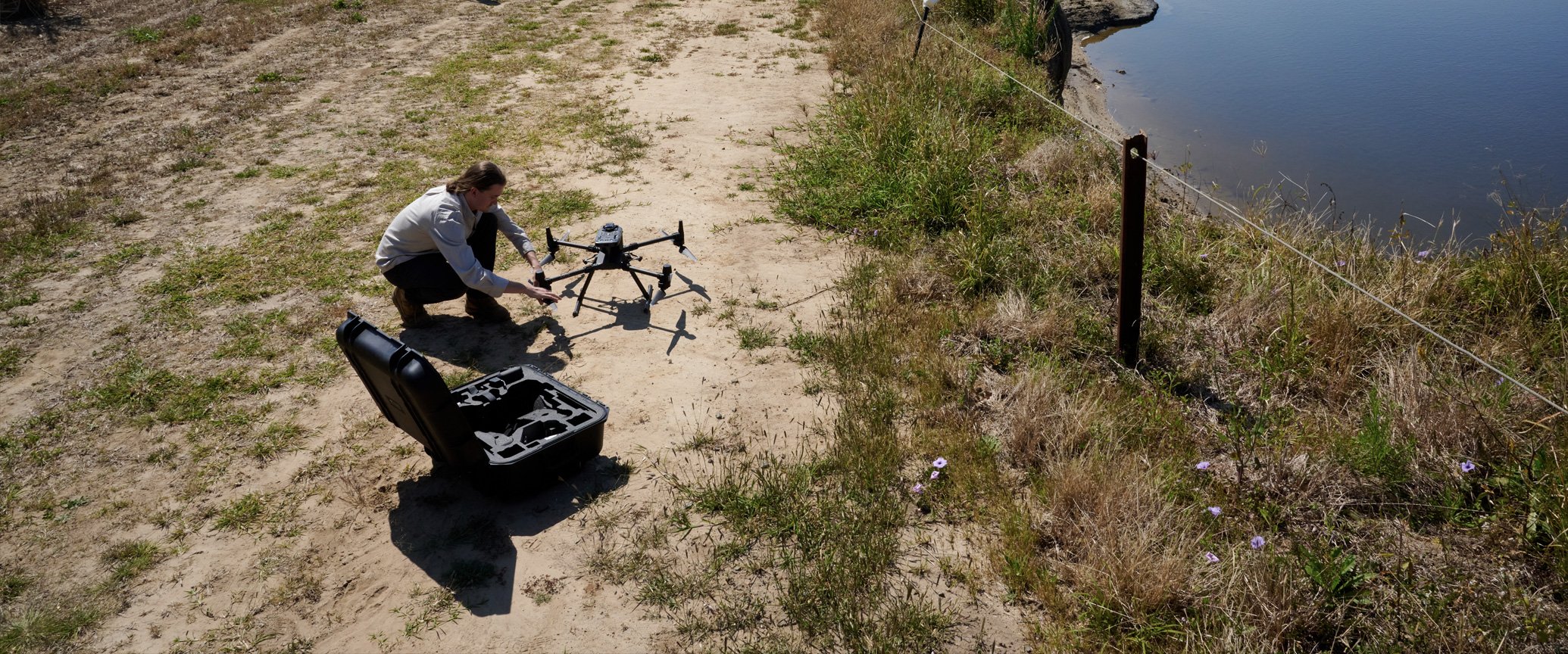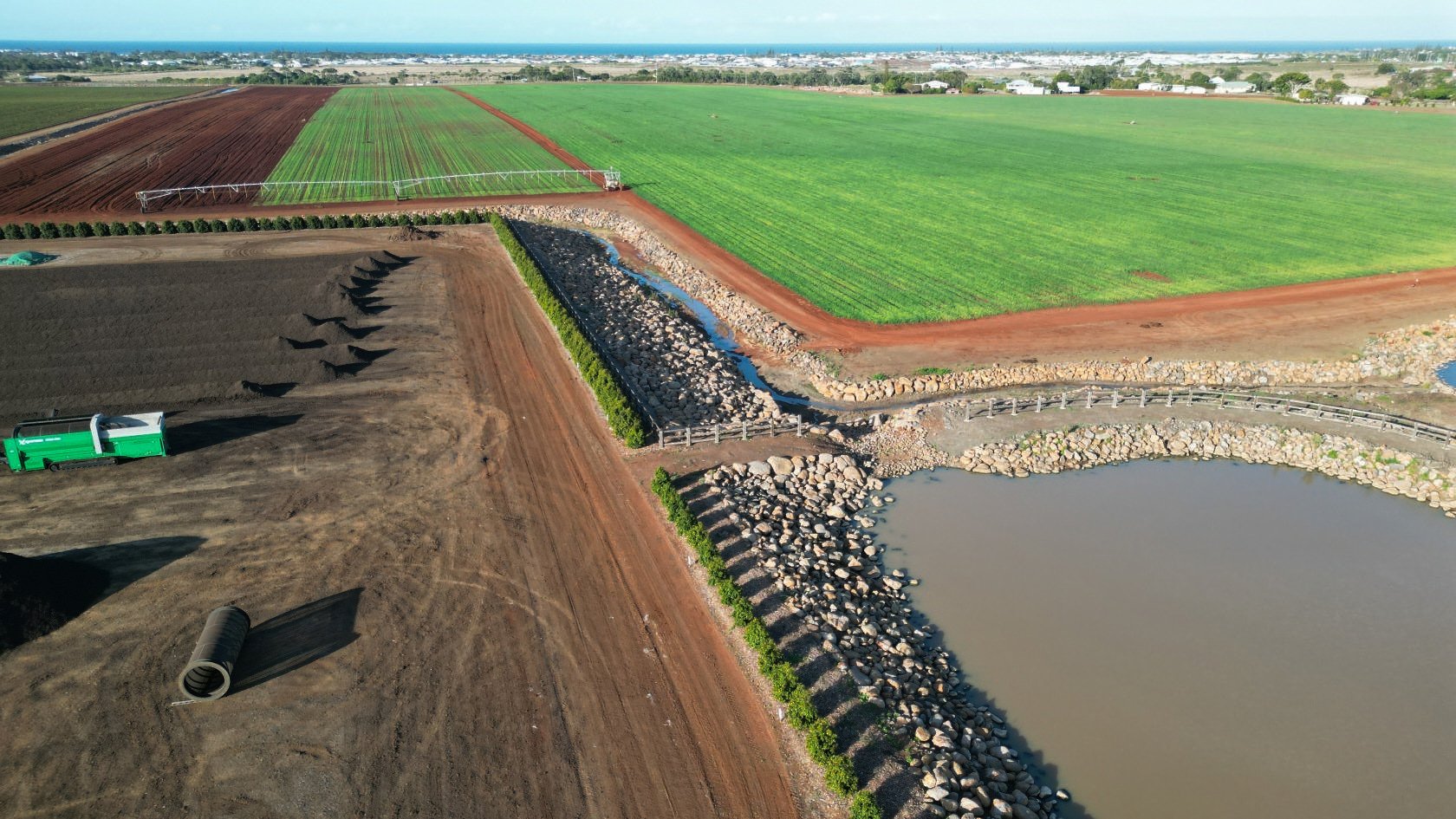— PROJECT —
Mary River Recovery
Burnett Mary Regional Group leads the Mary River Recovery Consortium (MRRC), a formal delivery group partnership between Burnett Mary Regional Group, Mary River Catchment Co-ordinating Committee (MRCCC), and Alluvium Consulting.
Australia’s Great Barrier Reef ecosystem is under threat due, in part, to poor water quality runoff. The Mary River is one of the top five contributors of fine sediment into the Great Barrier Reef, and 70% of the fine sediment from the Mary River that enters the Great Sandy Strait comes from streambank erosion.
The main aim of The Mary River Recovery Program is to stabilise and revegetate badly eroding sections of the Mary River by working directly with cooperative landholders over a four-year period.
Each year, 26,000 tonnes of sediment enter the Great Barrier Reef lagoon from just eight Mary River erosion sites. Streambank retreat and increased amounts of sediment impact the endangered Mary River cod and white-throated snapping turtle through the loss of nesting and feeding grounds, while the collapse of streambanks block the river systems, preventing fish movement and smothering food sources.
Large-scale restoration of eroding riverine areas including streambank stabilisation and revegetation will restabilise banks and slow the flow of water over the bank. Community engagement through education helps improve land and streambank management practices in the Mary River catchment.
Over four years, ending June 2024, weak points along the Mary Riverbanks will be stabilised. Sites were determined according to where sediment saving was most cost-effective for the project and landholder cooperation, while in-kind contributions are negotiated with landholders, including riverbank fencing and environmental weed control.
This project is funded by the Great Barrier Reef Foundation and the Australian Government’s Reef Trust.




